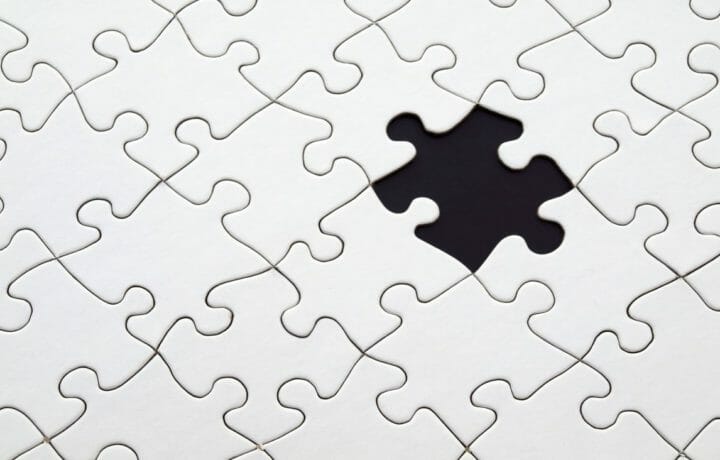Think of William Friedman as the quantum computer of his day. In the old days, encryption in simplest terms was about substitution, substitution of one character for another, as complex as substitution might be, and it could be pretty complex. In a matter of hours, Friedman and his team could crack codes that others claimed indecipherable.
CIPHERING MACHINES
Back in the early 1930s, it was Friedman and his team at the Signals Intelligence Service (SIS) against the best substituting cipher machines money could buy, the best some of the smartest adversaries could devise. Friedman and his team of geniuses relied on brain power. But on one of the toughest codes they cracked, they reverse-engineered the enemy’s cryptography machine to finally figure it out. Ruth Quinn writes, “William Friedman is a legend in the cryptology world — his painstaking work, prolific writings, and brilliant accomplishments set a standard in the field that has yet to be challenged.” A lot has changed since 1930s.
NEW DIRECTIONS
As PC Magazine’s Max Eddy explains, before 1976, “cryptography was a fairly straightforward discipline. You had a key that, when applied to data—a message about troop movements, for example—rendered it unreadable to anyone without that key.” That’s why Friedman reverse-engineered the Japanese cryptography machine for about $700 in parts. He built the key. The essentially same mathematical principles were true for even the most famous encryption systems, like the Allied Force’s SIGSALY and the German’s Enigma machines. While Enigma’s encryption system was more complex in its functions than SIGSLY, once we understood the key, Enigma wasn’t so enigmatic.
TWO-KEY ENCRYPTION
In 1976, Eddy explains, everything changed. That’s when Whitman Diffie and Martin Hellman published their groundbreaking paper “New Directions in Cryptography.” “New Directions” begins, “We stand today on the brink of a revolution in cryptography. The development of cheap digital hardware has freed it from the design limitations of mechanical computing and brought the cost of high grade cryptographic devices down . . . .” Eddy notes that Diffie and Hellman’s paper “completely changed how secrets are kept and more or less enabled the Internet as we know it today.” What Diffie and Hellman described that no one else had imagined was pretty simple: a functional, accessible, quick two-key system of encryption.
Two-key encryption is exactly what it sounds like: a system of encryption that relies on two keys to solve the puzzle. One key is private, and one is public. “Hellman’s public key system,” Eddy writes, “meant that the encryption key didn’t need to be secret. Anyone could use the public key to send a message, but only the owner of the secret key could decipher it.” The two keys are asymmetric; you must have both keys to decipher the message. This is the origin of the Public Key Encryption (PKE) we know today. Once encrypted, the sender cannot decrypt the message; she doesn’t have the private key. Only the receiver has the private key.
THE STORY CONTINUES
That’s just the beginning of the story. Today, encryption algorithms are part of our daily lives, not just the stuff of spy stories. Encryption is how we can buy and sell on the internet without worrying (too much) about being cheated by a hacker or losing control of our private payment information. And encryption is, as well, a mathematician’s paradise.
Read all about it in “Crypto Wars: Why the Fight to Encrypt Rages On,” by Max Eddy. I think William Friedman and his team would be amazed, and challenged.




